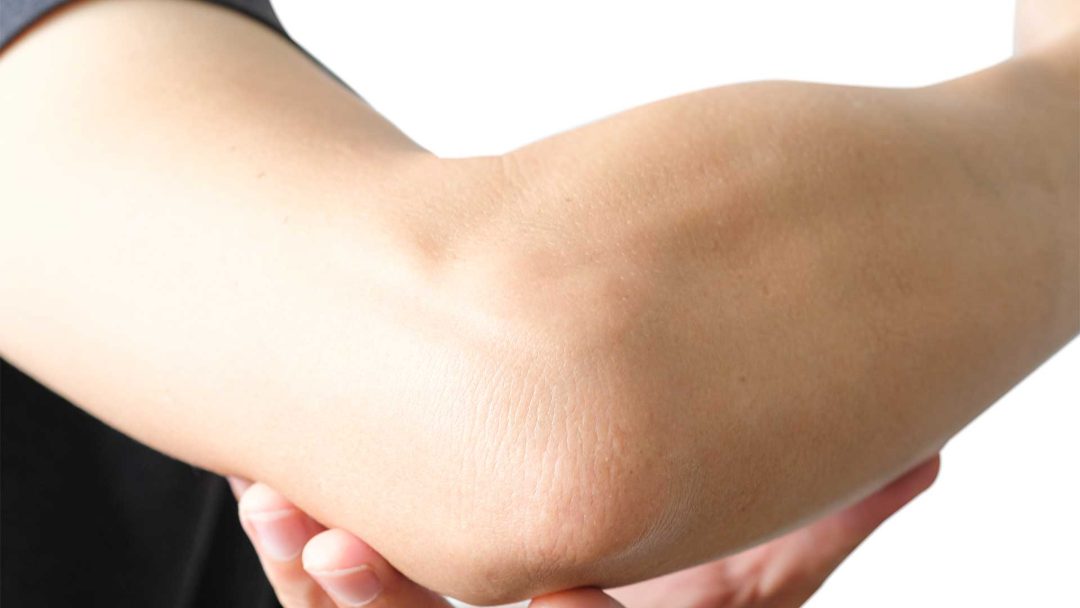Bursitis

Bursitis is a painful inflammation of the small, fluid-filled sacs, called the bursae, that cushion the bones, tendons and muscles around the joints. In a healthy state, the bursa allows the joints and muscles to glide smoothly. In bursa inflammation, however, the bursa fills with excessive fluid, causing inflammation, swelling, tenderness and pain during movement. The knees, hips, elbows and shoulders are most frequently affected. The most common causes are overuse, injuries, infections or chronic diseases such as tendonitis, arthritis and diabetes.
Med. pract. Dana Hreus M.A.
An integrative approach with holistic medical experts to address the underlying lifestyle issues and chronic conditions can greatly reduce the inflammation associated with bursitis.

Further information
The information listed contains relevant topics and serves to improve understanding.